The debate over whether cherries and “che-li-zi” (a transliteration commonly used in Mandarin Chinese to refer to certain cherry varieties) are the same fruit has sparked curiosity among food enthusiasts, linguists, and botanists alike. At first glance, the question seems straightforward, but delving deeper reveals a fascinating interplay of language, botany, and global agriculture. This article explores the origins, classifications, and cultural perceptions of cherries to clarify whether these terms refer to the same fruit or distinct entities.
Botanical Classifications: One Species, Many Varieties
From a botanical standpoint, all cherries belong to the genus Prunus, which includes plums, peaches, apricots, and almonds. Within this genus, sweet cherries (Prunus avium) and sour cherries (Prunus cerasus) are the two primary species cultivated for consumption. Sweet cherries, often larger, firmer, and with a higher sugar content, are typically eaten fresh. Sour cherries, smaller and more tart, are commonly used in baking, jams, and beverages.
The confusion arises from regional terminology and the global trade of cherry varieties. In English-speaking contexts, the term “cherry” generally encompasses both sweet and sour varieties, with qualifiers like “sweet” or “sour” added for clarity. However, in some languages, such as Mandarin Chinese, distinct terms have emerged to differentiate between imported sweet cherries (often labeled as “che-li-zi”) and locally grown sour cherries or smaller wild varieties.
The Rise of “Che-Li-Zi”: A Linguistic and Cultural Phenomenon
The term “che-li-zi” gained prominence in Chinese-speaking regions as a way to distinguish premium sweet cherries, often imported from countries like Chile, the United States, and Australia, from indigenous sour cherries. These imported varieties, such as Bing, Rainier, and Lapins, are prized for their size, deep red hue, and sweetness. Local sour cherries, by contrast, are smaller, paler, and tarter, leading to their separate categorization in markets and menus.
This linguistic distinction reflects broader trends in globalization. As international trade expanded, consumers encountered exotic fruits that lacked direct equivalents in their native vocabulary. The term “che-li-zi” thus emerged as a practical solution to differentiate high-quality imported cherries from their domestic counterparts. Over time, it has become synonymous with luxury and desirability in certain markets, even though botanically, these cherries belong to the same species as their sour relatives.

Culinary and Commercial Distinctions
While botanists classify sweet and sour cherries under the same genus, their culinary applications differ significantly. Sweet cherries, with their delicate flesh and balanced sweetness, are often enjoyed raw, in salads, or as a garnish. They are also a staple in upscale desserts, such as cherry clafoutis or chocolate-dipped treats. Sour cherries, on the other hand, are rarely eaten fresh due to their intense acidity. Instead, they shine in cooked dishes like pies, tarts, and compotes, where their tartness complements sugar and other ingredients.
Commercially, sweet cherries are often marketed as premium products, fetching higher prices due to their perishability and transportation costs. Varieties like Bing cherries, known for their heart-shaped form and dark skin, are cultivated in regions with cool summer climates, such as the Pacific Northwest of the United States. Sour cherries, by contrast, thrive in temperate zones and are more commonly processed into juices, jams, or dried fruits.
Nutritional Profiles: Similarities and Differences
Nutritionally, both sweet and sour cherries offer health benefits, though their compositions vary. Sweet cherries are rich in antioxidants like anthocyanins, which contribute to their vibrant color and may reduce inflammation. They also contain vitamins A and C, potassium, and dietary fiber. Sour cherries, while lower in sugar, boast higher concentrations of certain antioxidants and melatonin, a hormone that regulates sleep. Studies suggest that sour cherry juice may aid in muscle recovery and improve sleep quality.
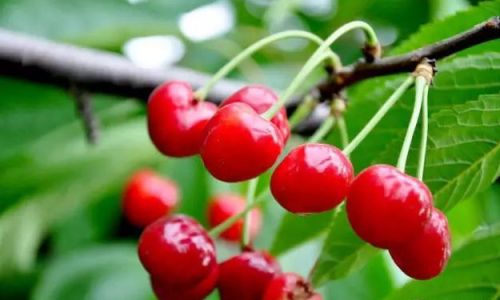
Despite these differences, both varieties are celebrated as nutrient-dense fruits with low calorie counts. The choice between them often hinges on personal taste preferences or specific dietary needs.
Global Production and Trade: The Cherry Supply Chain
The global cherry industry is a testament to human ingenuity in adapting crops to diverse climates. Sweet cherries require mild winters and cool summers to thrive, making regions like California, Washington State, and parts of Chile ideal for cultivation. Sour cherries, by contrast, are hardier and can withstand colder temperatures, allowing them to grow in areas like Eastern Europe and Canada.
Advances in cold storage and shipping technology have enabled sweet cherries to reach international markets intact, solidifying their status as a luxury fruit. In China, for example, imported sweet cherries from Chile have become a symbol of middle-class aspiration, often gifted during holidays or special occasions. This commercial success has further entrenched the term “che-li-zi” in popular discourse, even as botanists insist on their classification as cherries.
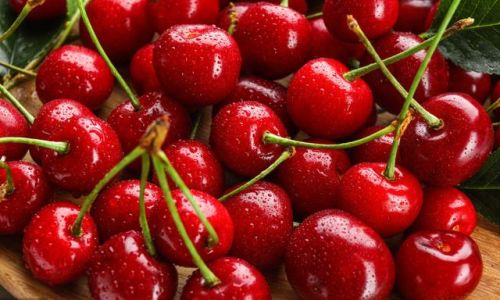
Cultural Perceptions: More Than Just Semantics
The debate over terminology extends beyond botany and commerce. In some cultures, the distinction between “cherries” and “che-li-zi” carries symbolic weight. Sweet cherries, with their association with imported luxury, are often linked to modernity and globalization. Sour cherries, conversely, may evoke nostalgia for traditional cuisines or rural lifestyles.
This cultural layering complicates the simple answer to whether cherries and “che-li-zi” are the same. While botanically they are closely related, the terms reflect broader societal values, economic trends, and linguistic evolution. For consumers, the label may influence perceptions of taste, quality, and even social status.
Conclusion: A Fruit by Any Other Name
In conclusion, the question of whether cherries and “che-li-zi” are the same hinges on context. Botanically, they are variants of the same species, differentiated by subtle genetic and morphological traits. Culturally and commercially, however, they occupy distinct niches, shaped by global trade, linguistic adaptation, and culinary tradition.
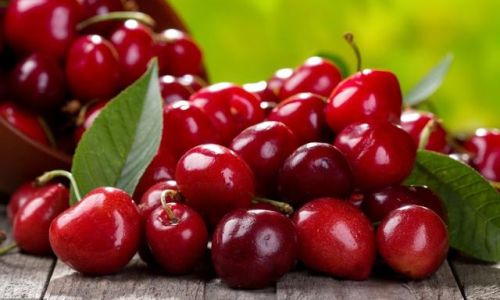
Ultimately, the debate underscores the complexity of categorizing natural products in an interconnected world. Whether you call them cherries, “che-li-zi,” or their scientific names, these fruits remain a testament to humanity’s enduring relationship with the natural world—and our capacity to find delight in their sweet, tart, and varied flavors.

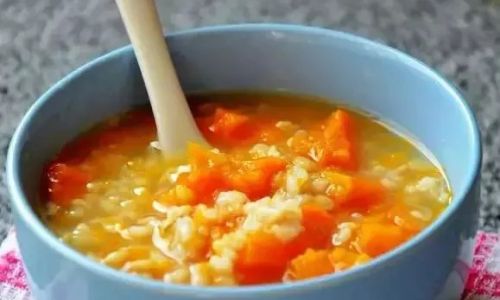


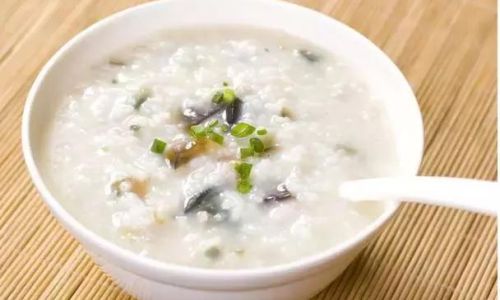
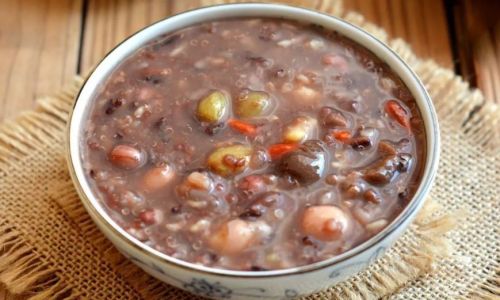
0 comments